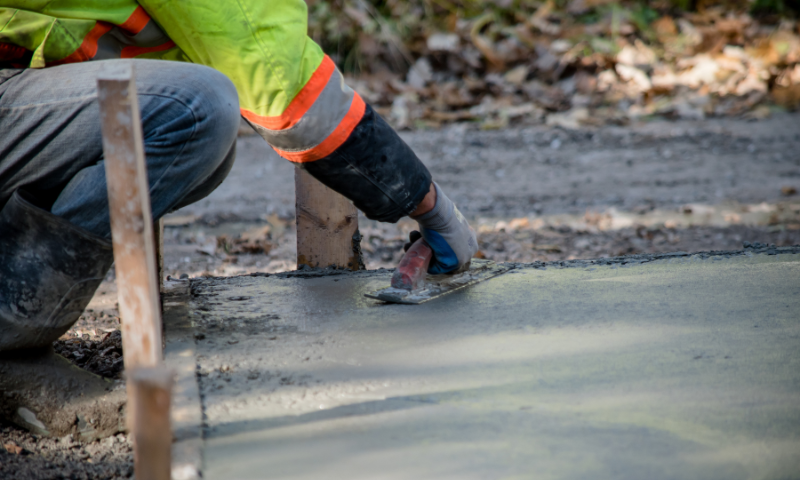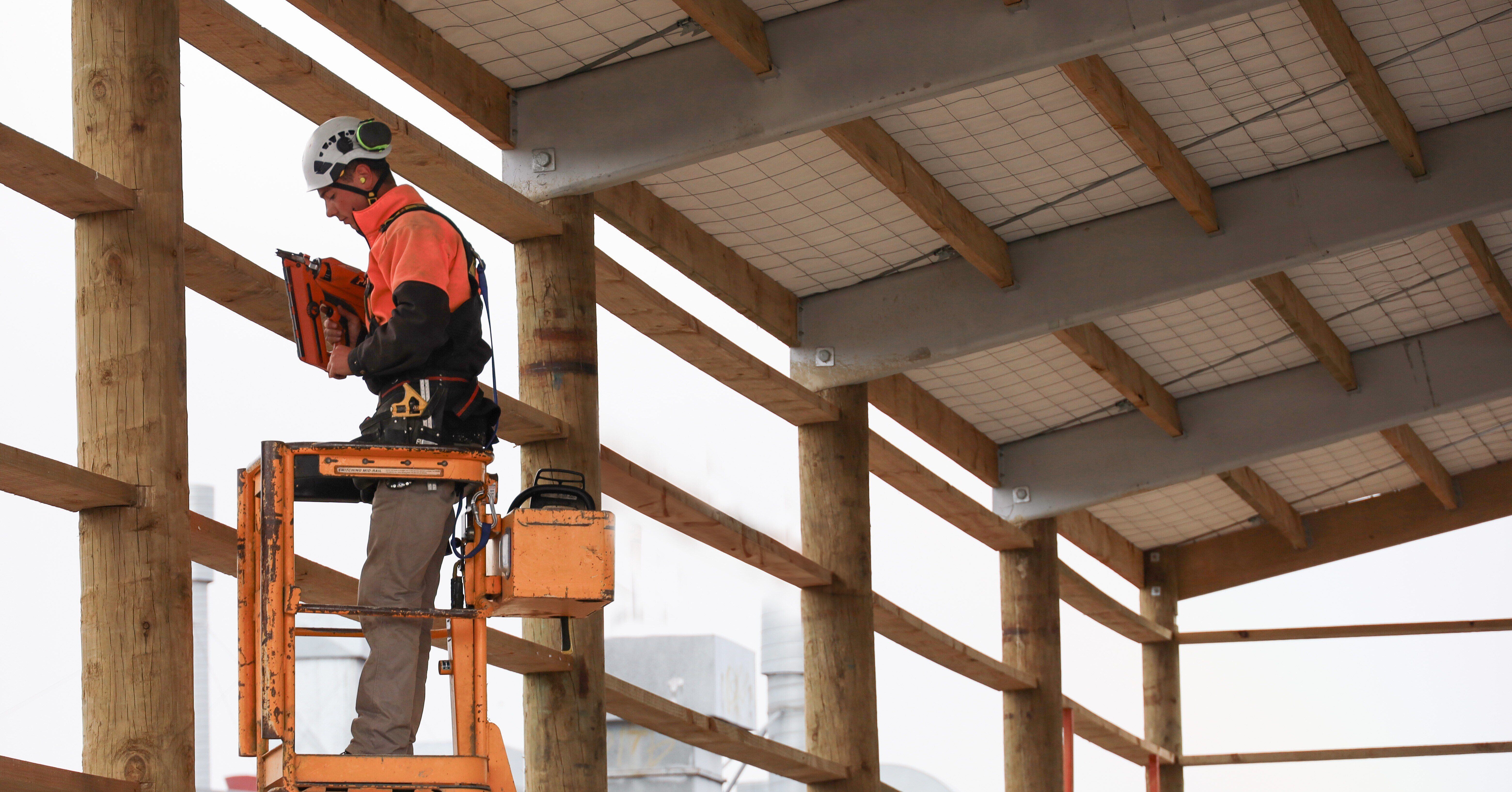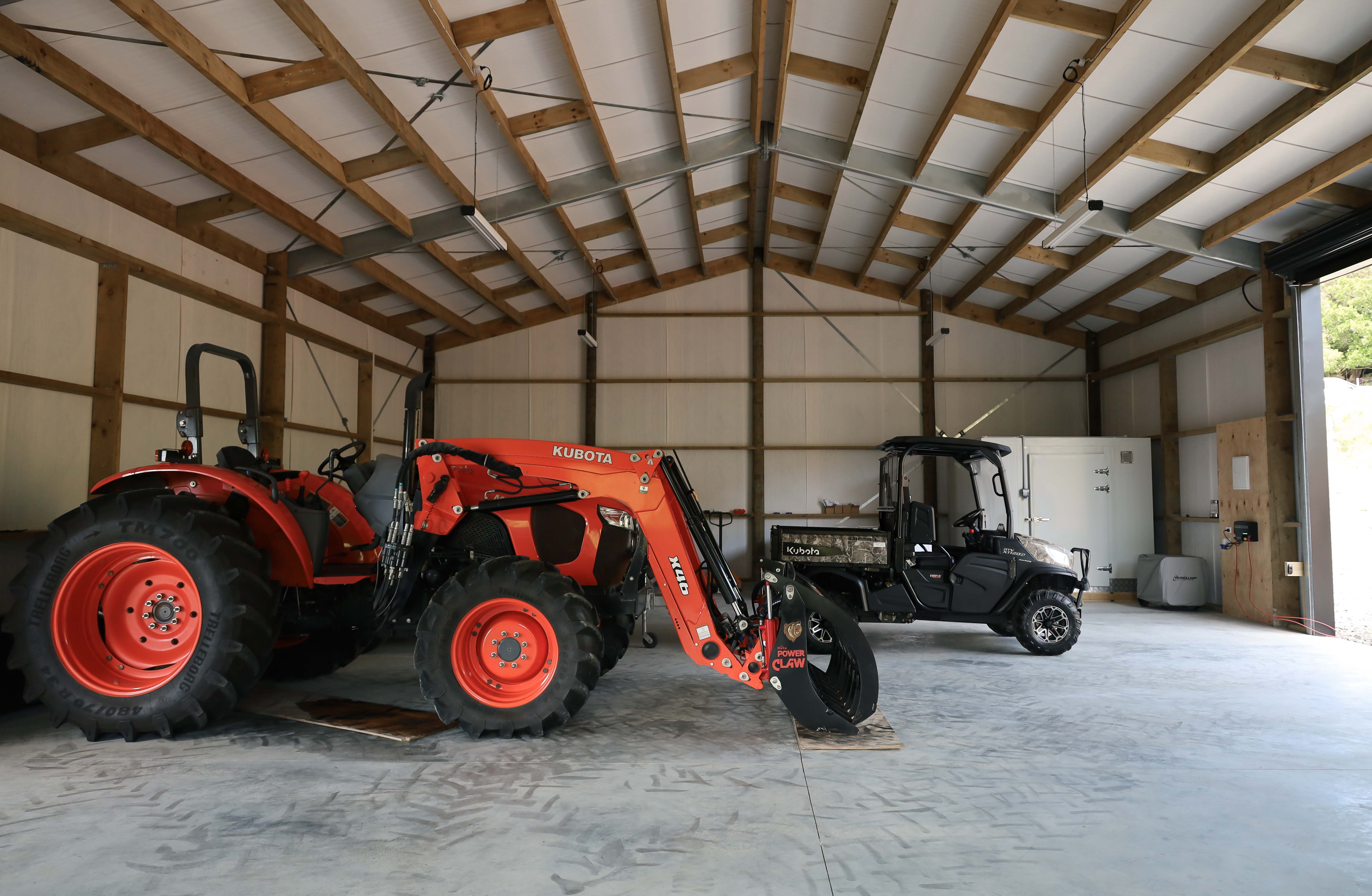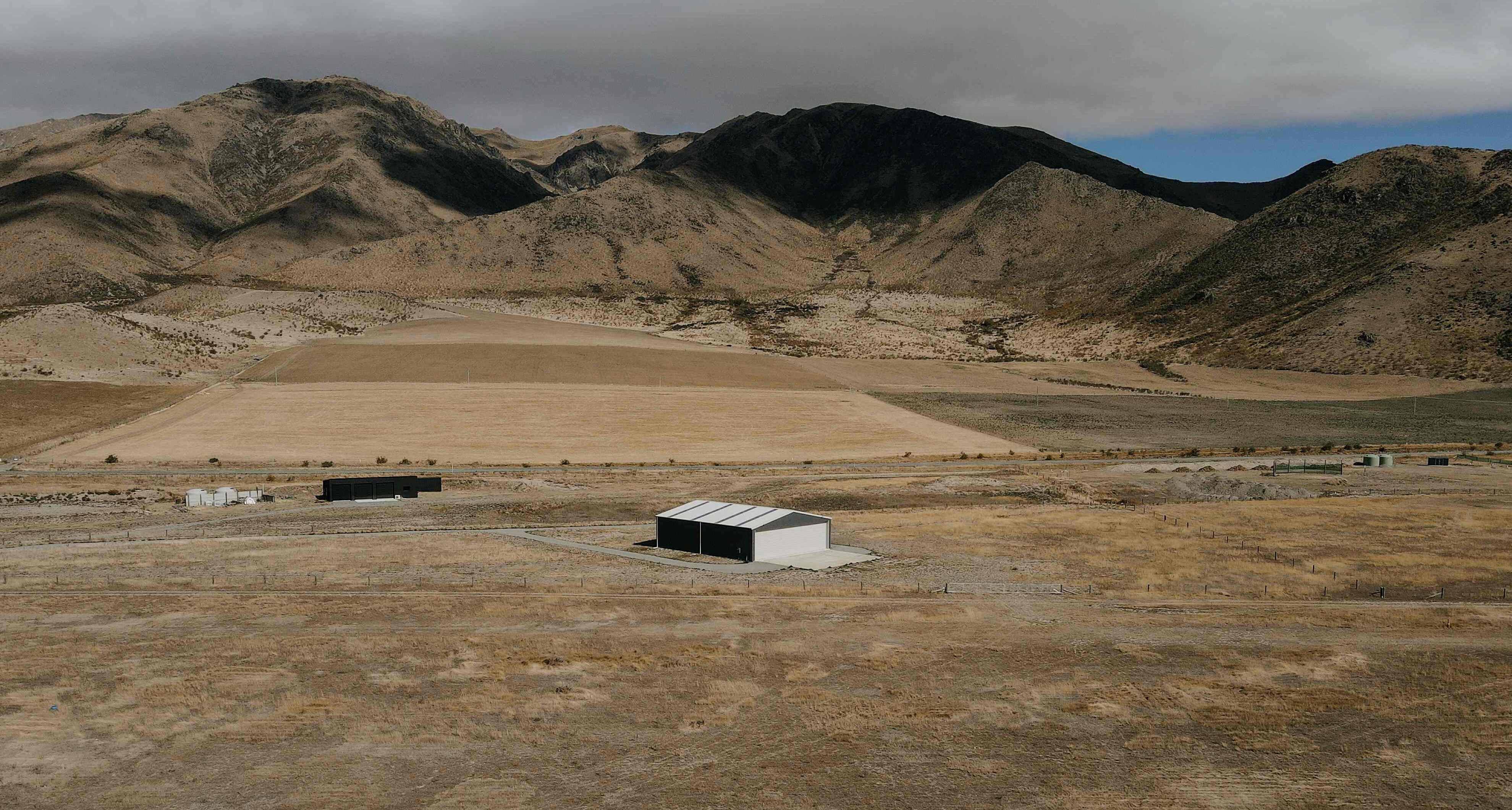
Imagine this: You’ve finally purchased the perfect shed to store your tools or create that long-awaited workspace. But as you begin the installation, you quickly realise it’s not going as smoothly as you’d hoped. Confusion sets in, and frustration starts to build—are you missing a key step, or worse, are you about to make a costly mistake?
Shed installation doesn’t have to be this way. Whether you’re tackling it yourself or working with a professional, there are common installation issues that can pop up. Fortunately, most of these are preventable with the right preparation and approach.
In this article, you’ll discover the most frequent problems people face when installing sheds—and how to sidestep them. Drawing on over 30 years of experience, Alpine Buildings is here to help make installation of your dream shed a breeze.
- Preparation Mistakes
- Materials Issues
- Weather and Environmental Factors
- Hiring a Professional vs DIY Installation
- Final Tips to Avoid Stressful Installation
Preparation Mistakes
One of the biggest mistakes people make when installing a shed happens before they unpack the kitset. Inadequate preparation can lead to issues that slow down or even completely derail your project. Here are the most common preparation mistakes to avoid:
Poor Concrete Preparation
If your shed has a concrete floor, it is crucial to get the site prep done correctly and accurately. Concrete floors need a base of compacted gravel before any reinforcing mesh is placed. If the gravel is not levelled correctly, you could end up using significantly more concrete which pushes the cost up. Worst case scenario is that a high spot in your gravel prep results in thinner concrete in that area which can lead to cracking.

Failing to Review the Instructions Thoroughly
It might seem tempting to jump straight into the installation, but skipping or skimming the instructions is a surefire way to run into problems. Sheds, especially kitset ones, are designed with precise steps that need to be followed in sequence. Take the time to go over the plans, make note of any unfamiliar terms or processes, and check that all parts are included before you start. Trust us—this can save you a lot of frustration down the line.
Overlooking Council Compliance and Permits
Most sheds in New Zealand will require council approval or specific permits before installation begins, especially larger ones. Overlooking this step can lead to fines or even having to dismantle the shed if it doesn’t meet local building codes. Before starting, contact your shed supplier and local council to make sure the building consent has been approved and any resource consents (if required) have been granted.
By addressing these common preparation mistakes, you can avoid unnecessary headaches and set yourself up for a smooth, successful shed installation.
Material Issues
You can run into issues if you’re not prepared with the right materials and tools. Here’s a deeper look into some common pitfalls and how to address them.
Poor Quality Materials
One of the most critical factors that can affect the longevity of your shed is the quality of the materials used. If you choose a shed with subpar materials, you risk premature rusting, weakening of the structure, and increased maintenance costs over time. However, ensuring that your shed is built with high-quality materials from the start, like Alpine’s 5-12mm structural steel rafters and pre-dried timber, reduces the chance of needing repairs or replacements and extends the life of your shed.
Alpine’s hot-dip galvanised steel rafters are 5-12mm thick, meaning they are designed for longevity, especially in areas exposed to coastal elements or high moisture.
Alpine’s timber is strip-stacked and dried over several weeks, reducing the moisture content to ensure it is straight and strong, making installation easier and faster. This prevents issues such as warping, which can affect alignment during construction and compromise long-term durability.

Considering Future-Proofing in Material Choices
When planning your shed’s installation, also consider future expansions or additional features. Some customers regret not opting for heavier-duty materials initially, especially if they want to convert part of the shed into a workspace or line the interior with insulation. Alpine’s combination of structural steel and timber framing means that the shed can easily be added onto if needed, giving you greater flexibility and the ability for future expansion. Opting for the strongest materials during the installation phase means less trouble when adapting the shed for new uses down the road.
Weather and Environmental Factors
Shed installation is more than just following instructions—it requires considering the environment in which the shed will be built. Weather and environmental factors can significantly impact the installation process and the long-term durability of your shed.

Ground Stability and Drainage Issues
Ensure you’ve chosen a spot with proper drainage as this will reduce the chances of water entering the shed in heavy rain. Elevating the base slightly using gravel or a raised foundation can also help prevent water damage to the shed's floor. Unstable ground with poor drainage can be a health and safety hazard, especially when working at height on a scissor lift or other elevated work platforms.
Adapting to Coastal Environments
In coastal areas, some materials can degrade more quickly due to salt laden wind. Alpine Buildings takes this into account by using hot-dip galvanised structural steel rafters which offers the best rust resistance, making them ideal for coastal environments. Some other construction methods rely on rolled steel which is thin sheet metal that is then pressed into a shape. The steel is only 1-2mm thick and only a thin rust protection coating can be applied, making it particularly vulnerable to rust.
By taking weather and environmental factors into account, you can extend the life of your shed and avoid many common installation issues that arise from overlooking these crucial elements.
Hiring a Professional vs. DIY Installation
When installing your shed, the choice between doing it yourself or hiring a professional comes down to your comfort level, experience, and the project’s complexity.
DIY Installation
For those with DIY experience, installing your Alpine kitset shed can be a rewarding project. You’ll enjoy cost savings and the satisfaction of building it yourself. Alpine’s detailed instructions and well-prepped materials, such as their pre-cut and clearly labelled components, make the building process straightforward.
Hiring a Professional
Hiring a professional installer ensures your shed is built quickly and accurately, saving you time and hassle. This is especially beneficial for larger sheds or challenging sites, like uneven ground or areas with drainage concerns. Professional installers bring the expertise to handle complex situations, ensuring structural integrity and compliance with local regulations. While this option is more expensive, it eliminates the risk of mistakes that could lead to long-term issues like misaligned foundations or poor weatherproofing.
Choosing the Right Approach
If you’re confident in your skills or have family members or mates with building experience, DIY installation might be a good fit. For larger, more complex projects—or if you lack the time or expertise—a professional can save you some potential headaches.

Final Tips to Avoid a Stressful Installation
To ensure a smooth and successful shed installation, here are some final tips that can help you avoid some common pitfalls:
1. Plan Ahead:
Take time to prepare the site correctly, as this will reduce wasted concrete and minimise cracking occurring in the slab.
2. Follow the Instructions:
Follow each step carefully, and don’t be tempted to skip steps.
3. Check Local Regulations:
Avoid future headaches by confirming that your shed complies with council requirements and ensure the necessary permits have been collated.
4. Ask for Help if Needed:
Don’t hesitate to ask for assistance. Larger sheds often require more than one person for safe and accurate assembly.
5. Consult Professionals:
If you are unsure at any stage of the build, or if you have limited experience in some areas, always consult a professional. Pouring concrete, for example, can seem like an easy task however there are many factors that can affect the end result. Changing weather can significantly impact the curing time of the concrete which means that it may set before it has been placed correctly, leading to very costly rework.
By keeping these tips in mind, you’ll not only make the installation easier but also avoid potential costly pitfalls.
Installing a shed can be a rewarding project, but it’s not without its challenges. From preparation through to assembly, each phase of the process requires careful attention to detail.
By ensuring you have the right tools, materials, and an understanding of your environment, you can avoid common pitfalls. Whether you choose to handle the installation yourself or hire a professional, careful planning and execution will help your shed stand strong for generations to come.
With Alpine Buildings' well-crafted kitsets and customer support, you're in good hands for building your dream shed.









